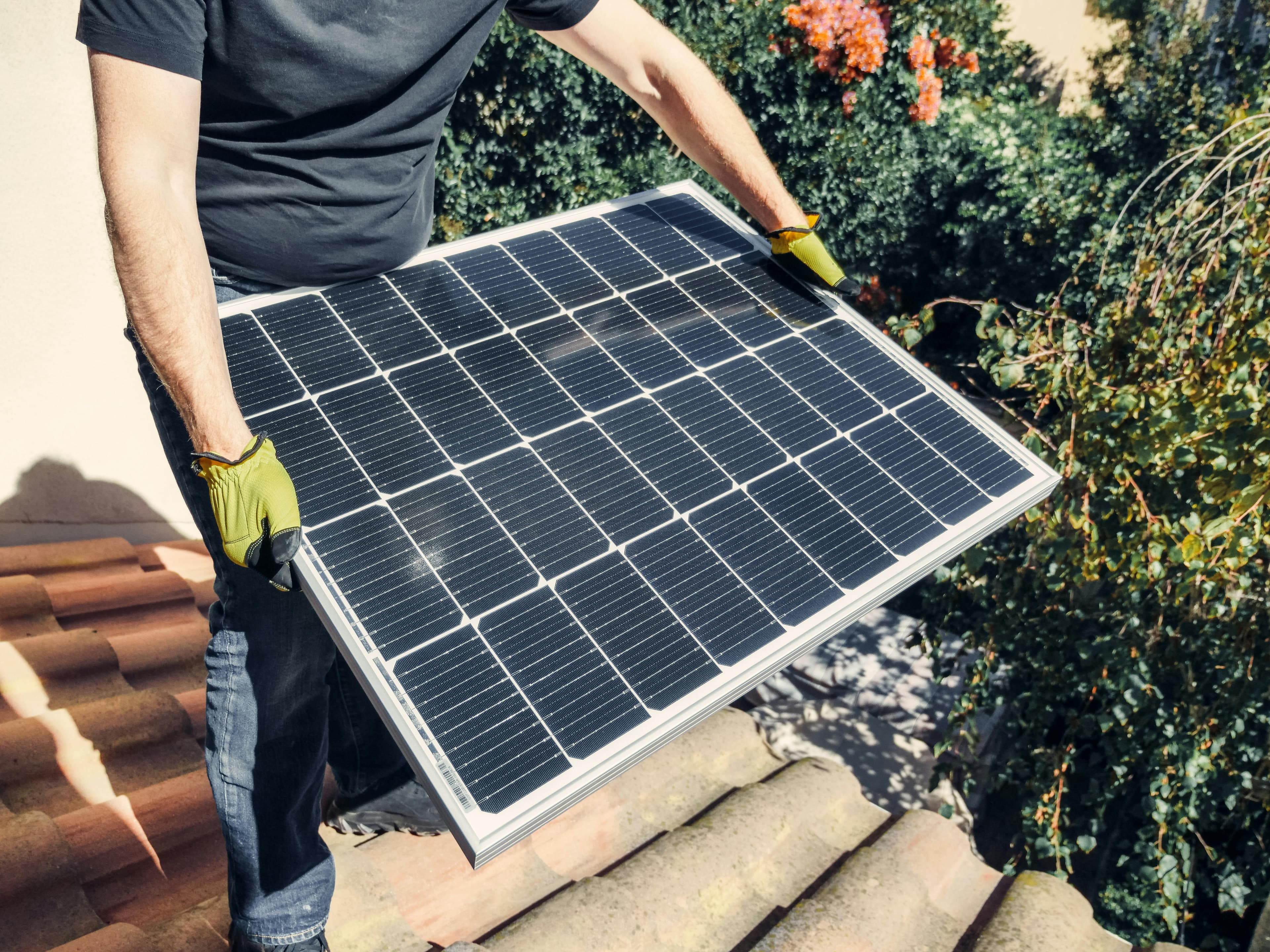If you’re considering going solar, one of the first questions you’ll face is: What kind of solar panels should I get? Choosing the right solar panel isn’t just about picking the most popular or cheapest option — it’s about finding the best fit for your home, budget, and energy goals.
Let’s break down the main types of solar panels available today and explore what makes each unique, so you can feel confident in your choice.
Monocrystalline Solar Panels: The Premium Choice
Monocrystalline panels are often seen as the gold standard in solar technology. Made from a single, pure silicon crystal, these panels are known for their sleek black appearance and high efficiency — usually between 18% and 22%. This means they convert more sunlight into electricity compared to other types.
Why does this matter? Well, if your roof space is limited or you want to maximize the energy output in a smaller area, monocrystalline panels deliver. They also tend to perform better in low-light conditions, such as cloudy days or early mornings, which can be a big advantage if you don’t live in a place with constant sun.
Though they come with a higher upfront price tag, their efficiency and long lifespan (often backed by 25-year warranties) make them a solid investment that pays off over time.
Polycrystalline Solar Panels: The Budget-Friendly Alternative
If cost is a bigger concern, polycrystalline panels might catch your eye. These are made by melting multiple silicon crystals together, which gives them a distinctive blue, speckled look. While they are generally less efficient — around 15% to 17% — they still offer dependable performance.
Polycrystalline panels usually come at a lower price point, making them an attractive choice if you have ample roof space to install a larger system. Because they’re less efficient per square foot, having more panels can help you generate the electricity you need without breaking the bank.
One thing to consider is aesthetics — some homeowners prefer the uniform black of monocrystalline panels over the blue shade of polycrystalline, but that’s a personal preference.
Thin-Film Solar Panels: Lightweight and Versatile
Thin-film panels represent a different kind of solar technology. Instead of bulky silicon wafers, they’re made by layering photovoltaic material onto flexible substrates like glass, plastic, or metal. This makes them lightweight and flexible, opening up possibilities for unique applications, such as curved roofs or solar windows.
However, thin-film panels generally come with lower efficiency — about 10% to 12% — and a shorter lifespan, often 10 to 20 years. This can mean they require more space to produce the same energy as crystalline panels and might need replacement sooner.
Despite these trade-offs, thin-film solar is a good option for situations where traditional panels don’t fit or for those looking for innovative, integrated solar solutions.
How to Choose the Right Solar Panel for You
The right panel depends on your specific situation. Here are a few factors to think about:
- Roof Space: Limited space? Monocrystalline panels offer the best output per square foot.
- Budget: Looking for lower upfront costs? Polycrystalline panels provide a good balance of cost and performance.
- Aesthetic Preferences: Want sleek, black panels or don’t mind the blue-speckled look? Your choice here is personal.
- Installation Surface: For unusual roofs or creative designs, thin-film panels might be your best bet.
- Longevity and Warranty: If you want peace of mind for decades, monocrystalline panels usually come with the strongest warranties.
Solar technology keeps improving, and all three types of panels have their place depending on your goals. Whether you prioritize efficiency, price, or design flexibility, switching to solar is a powerful step toward energy independence and a greener future.
Before you decide, consider consulting with a solar professional who can evaluate your home’s sun exposure, roof characteristics, and energy needs. And remember, whatever panel type you choose, you’re making a positive impact on your wallet and the planet.

